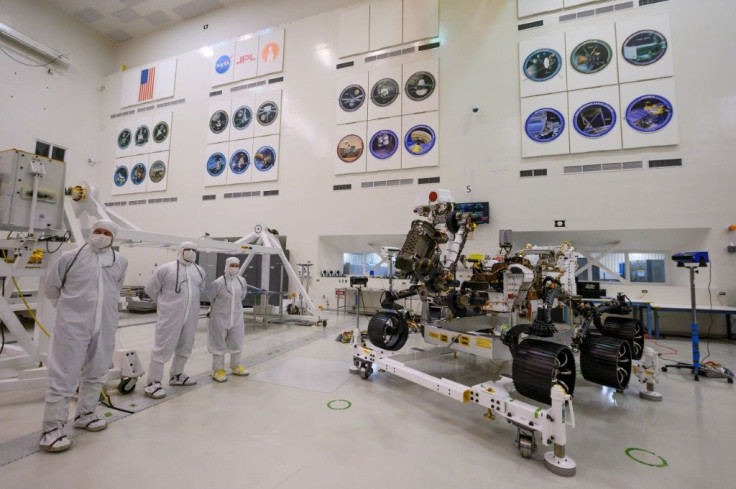NASA Explains How It Prepared For Mars While Working From Home

KEY POINTS
- NASA's scientists had to work from home due to the coronavirus outbreak
- Preparations for the launch of the Mars 2020 mission had to be made from home
- Scientists and engineers used various methods to plan the mission and test the rover
Due to the coronavirus pandemic, many of NASA’s scientists had to prepare for the upcoming Mars 2020 mission while working from home. They had to rely on various methods to ensure the success of the mission.
NASA’s upcoming mission to Mars is scheduled to take off on Thursday. As part of the mission, which is called Mars 2020, the agency will deploy a new rover to the Red Planet.
Ideally, NASA would carry out the various planning stages of a mission on-site, which would involve scientists working inside laboratories and various testing facilities. Unfortunately, due to the ongoing COVID-19 pandemic, many of the agency’s staff members had to work from home to avoid contracting or spreading the virus.
The current health crisis forced NASA to plan the different stages of the Mars 2020 mission from home.
Through an online panel held on Sunday as part of Comic-Con@Home, scientists from NASA discussed how they planned for an expedition to Mars while working from their own homes.
As noted by the scientists, NASA’s Jet Propulsion Laboratory (JPL) adjusted to a home-based work setting by allowing rover drivers and those who tested Perseverance’s mobility to take everything that they need to work on their tasks at home. JPL also adjusted to the informal setting of implementing a work-from-home situation.
“JPL has been great about kids running around the background and photobombing your WebEx [video call], which my daughter is good at,” Shonte Tucker, a thermal systems engineer for JPL, said during the virtual panel.
When it came to testing Perseverance’s maneuverability, on-site engineers, who still practiced social distancing while working, used their mobile devices to send videos and images of the rover to the scientists working from their homes. This procedure was conducted to allow the scientists to see if all parts of the rover are working properly.
While working with the rover, the on-site engineers had to follow strict protocols to ensure that Perseverance does not get contaminated with Earth-based debris. If this happens, it could affect the rover’s sample-return objective, which involves collecting soil samples from Mars to determine if they contain traces of life.
“You don't want 'Doug's eyelash' coming back in the sample holder,” Tucker stated. “If people began confusing Martian life with the eyelash, that would really suck.”
© Copyright IBTimes 2025. All rights reserved.





















